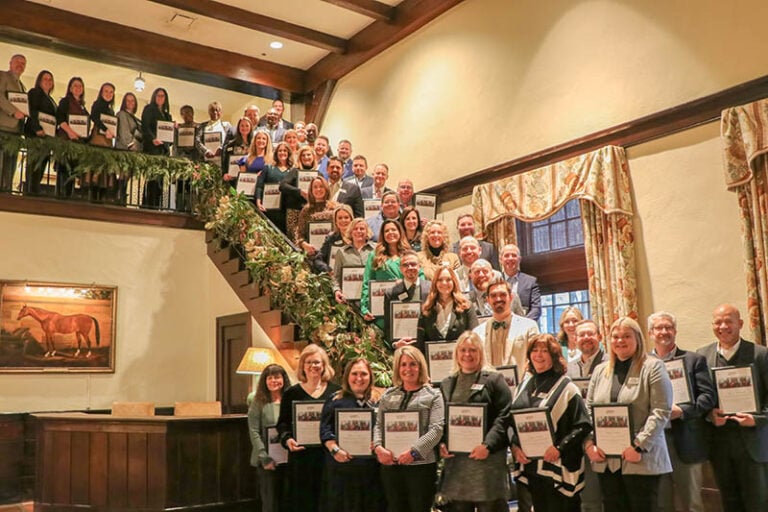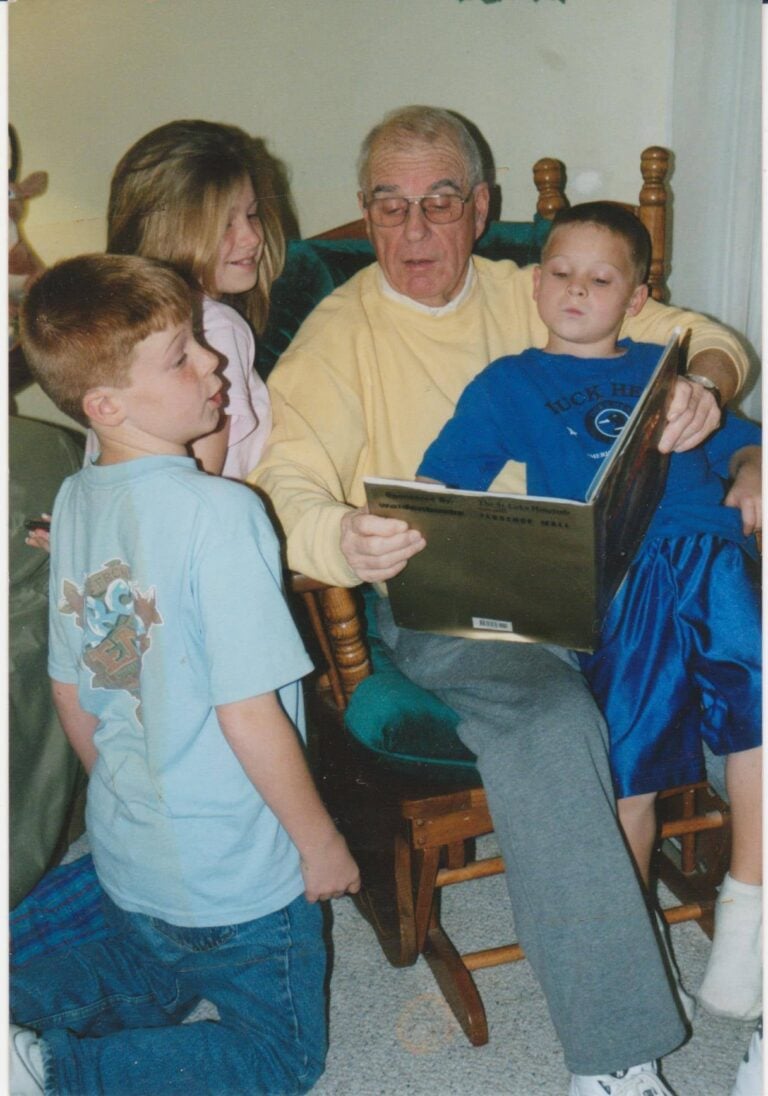Weaving facts into fiction, author Kim Michele Richardson loves writing that helps people learn about Kentucky history. Millions of readers agree, according to the bestseller listings of the New York Times, LA Times, and USA Today, among others.
Richardson has written five works of historical fiction and a bestselling memoir. Her latest novel, “The Book Woman’s Daughter,” was an instant NYT and USA Today bestseller, making it the top choice of Kentucky Humanities for the 2023 Kentucky Reads selection. Through this program, any Kentucky nonprofit can host a discussion of the book with Kentucky Humanities paying an honorarium to the discussion leader.

Last week in Webster County, a group of avid readers came together to discuss “The Book Woman’s Daughter.” A highlight of the discussion was a guest appearance of the author via Zoom.
The soft-spoken Richardson was downright outspoken in avowing her mission. “I like my writing to lift up my Kentucky people,” she declared.
She described the book women of eastern Kentucky, who rode on horseback to deliver books to people living in rural Appalachia, as “literacy pioneers,” lauding them as “strong, fierce women.”
A more vociferous way of describing these women, expressed in her review of Richardson’s novel, comes from author of “Water for Elephants,” Sara Gruen. She termed it: “Badassery womanhood at its best!”
Regardless of the adjectives used to described the book women, Richardson’s approach to writing about them is focused and serious. Testimony to her professionalism is evident in the five to six years she devoted to researching the first “Book Woman” novel.
Richardson asserts that the investment of time is crucial, “because it is important to portray the people of Kentucky honestly and accurately.”
Digging into various sources, she researched a range of topics. Besides portraying regional flora and fauna of the era, she also needed to understand the patriarchal laws that dominated the era. In addition, she became acquainted with societal attitudes about women and minorities, and how they played out in rural areas like Appalachia.
With an unflinching commitment to authenticity, Richardson dug into archives and gathered information that helped her adhere to the facts. She estimated that she spent more than 100 hours just to determine the books that librarians on horseback would have distributed.
Working with editors unfamiliar with Appalachia presented some interesting give-and-take, but when suggestions for changes to her manuscript did not feel right, she did not cave in. She refused, for instance, to take out some characters and make adjustments to the plot.

“I’d been with these characters for four to five years,” Richardson explained. “None of them were going anywhere.”
The Webster County book group, which included a former bookmobile librarian and a self-described “celebrity reader,” was unanimous in appreciation of the novel. Most had read the first book, and all agreed that the “Book Woman’s Daughter” could stand on its own.
While the women of Webster agreed with the statement on the front cover of the book — “A stunning portrait of the raw, somber, beauty of Appalachia.” — they argued that the novel covers a much deeper territory. For example, the treatment of women and laws preventing them from equal rights were dramatized in the book. The challenges for women asserting independence in non-traditional jobs provided material for another area of spirited discussion.
Friendship, domestic abuse, and community tolerance were also identified as themes.
“We see how far women have come,” author Richardson claimed, adding, “We also see how much further we need to go.”
After the Zoom visit by author Richardson, the Webster County group talked about other aspects that make “The Book Woman’s Daughter” a good read, as well as an educational experience. Many questions about “the blues” and the legal oppression of Melungeons surfaced.
Honey, the main character, suffered from hemoglobinemia, a medical condition associated with Melungeons in which an excess of hemoglobin in the blood plasma can make the skin to appear blue. The reason main character Honey was careful to wear gloves in public was to hide the telltale sign of her condition and avoid the bias and ignorance Melungeons and multi-racial people were likely to encounter.
A reading group guidebook for discussion and analysis of “The Book Woman’s Daughter” is available online. It includes the usual discussion questions, along with other bits that warrant further exploration into the culture and nature of Appalachia. A selection of recipes, featuring contributions to church gatherings in the 1950s, is covered in the online guide.
Besides the more traditional makings for spice tea, baked ham with milk, and Kentucky Cathead Biscuits, the booklet contains ingredients for a classic old-fashioned and the so-called “Bold Old,” which begins with 115 proof Old Forester bourbon, garnished with a charred cinnamon stick.
Fans of Kim Michele Richardson will be pleased to hear that the story of the librarians on horseback is being told in her upcoming title, “Junia, the Book Mule of Troublesome Creek.” Written to appeal to young readers age 4 – 9, the story will be narrated by Honey’s mule, Junia, and the narration will be enlivened by captivating art work. The new book will be available in March 2024.
Visit www.kyhumanities.org to download a copy of the discussion guide for The Book Woman’s Daughter.





















